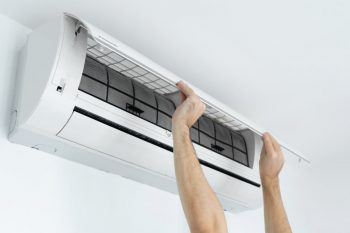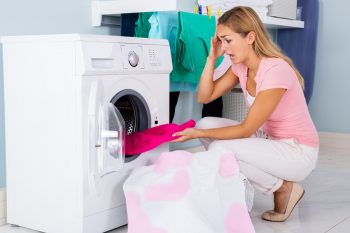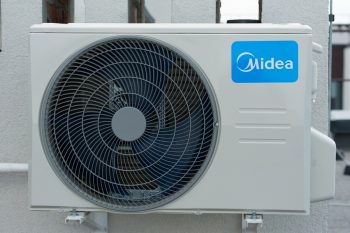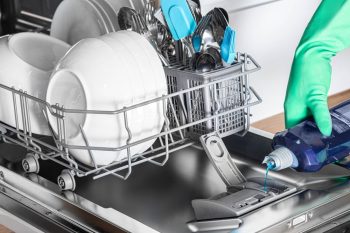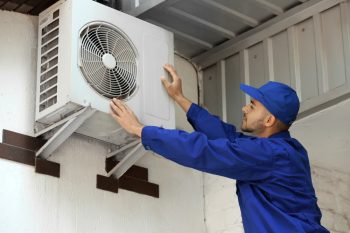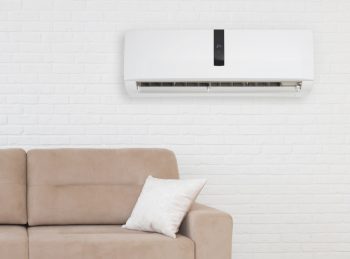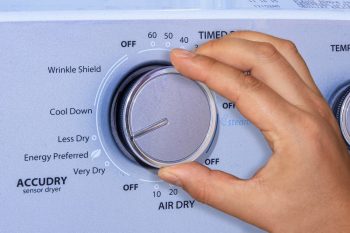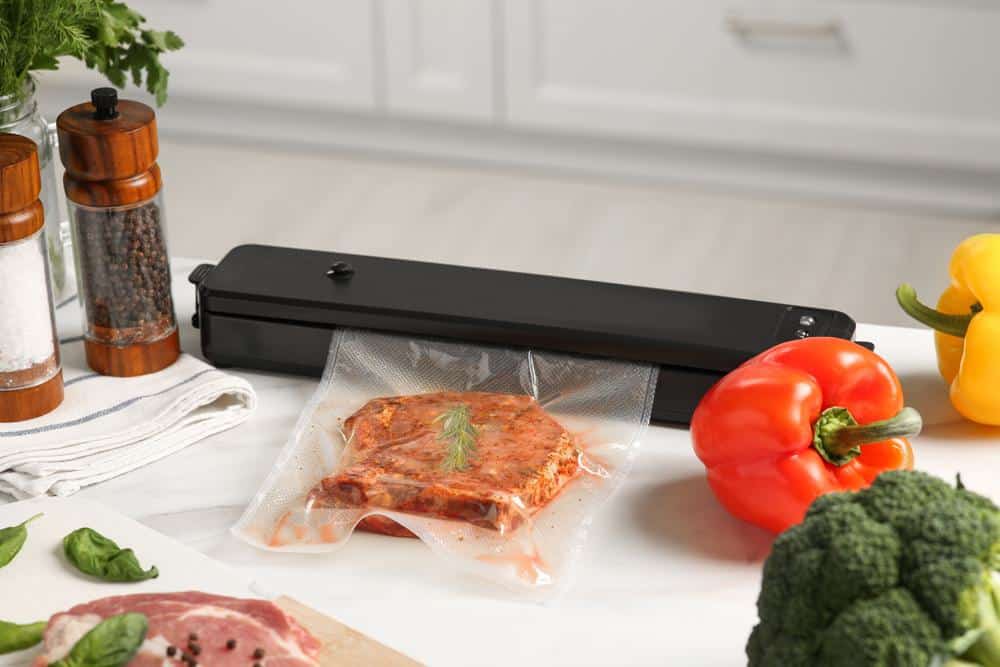
A Food Saver Vacuum Sealer is an efficient tool that extends the shelf life of your food, preserves its flavor, and protects it from spoilage. However, like all appliances, it may encounter some issues and stop working as expected. One common problem users face is the vacuum sealer not sealing properly. If you’ve been struggling with the question, “Why won’t my Food Saver Vacuum Seal?”, this article is here to help.
Your Food Saver Vacuum Sealer might not be sealing due to several reasons such as overheating, a wet or wrinkled bag, food debris or a damaged gasket, too much liquid in the bag, improper bag placement, or a damaged or malfunctioning heating bar. To fix the issue, allow the machine to cool down, ensure the bag is dry and flat, clean the sealing area, manage the liquid content, check the vacuum channel, and inspect the sealing strip and gaskets. If the problem persists, consider seeking professional help.
Understanding the Food Saver Vacuum Sealer
Before we delve into the reasons why your vacuum sealer may not be sealing, let’s understand how a Food Saver Vacuum Sealer works. This device preserves food by removing air from the bag or container and sealing it closed. The process involves placing food in a plastic bag or container, from which the vacuum sealer sucks out the air. After the air is removed, a heated seal bar binds the sides of the bag together, creating an airtight seal that prevents air from re-entering the bag.
Common Reasons Why Your Vacuum Sealer Might Not Seal
- Overheating: If you’ve used the vacuum sealer continuously, it may need some time to cool down. It’s recommended to wait at least 20 seconds between seals.
- Wet or wrinkled bag: Ensure the sealing end of the bag is dry and free of wrinkles. You can gently stretch the bag flat while inserting it into the vacuum channel.
- Food debris or damaged gasket: Check for food debris around the seal area. If present, you should remove the gasket, clean it, and reinsert it back into the vacuum channel. If the gasket is damaged, consider replacing it.
- Too much liquid in the bag: If there’s excess liquid in the bag, it can interfere with the sealing process. Consider freezing the food or liquid before vacuum sealing.
- Improper bag placement: Ensure the bag is inserted correctly, with the open end placed inside the vacuum channel.
- Damaged or malfunctioning heating bar: If the heating bar is damaged or not functioning correctly, it may not create a proper seal. In this case, you may need to replace the heating bar or have the vacuum sealer serviced.
Troubleshooting a Food Saver Vacuum Sealer
If you’re experiencing sealing issues, here’s how you can troubleshoot:
- Check for overheating: Allow the machine to cool down if you’ve been using it for a while.
- Inspect the gaskets: Check for any damage or wear and tear. If necessary, replace them.
- Clean the sealing area: Ensure there’s no food debris around the sealing area.
- Examine the sealing bar: If the sealing bar is not hot enough or is too hot, there may be an issue.
- Manage liquid content: For moist items, place a folded paper towel between the item and the sealing area to absorb excess liquid.
- Check the vacuum channel: Make sure it’s not clogged or dirty.
- Inspect the sealing strip: If it’s worn out or dirty, it may cause problems. Clean or replace it if needed.
When to Consider Professional Help
If you’ve tried all these steps and the vacuum sealer is still not sealing properly, it may be time to contact FoodSaver customer support for further assistance. Persistent issues such as uneven or incomplete seals, repeated jams, leaks, or failure to maintain vacuum in sealed bags may indicate that it’s time for professional repair or replacement.
Conclusion
A Food Saver Vacuum Sealer is an invaluable tool in the kitchen, and understanding its functionality and how to troubleshoot common issues can save you a lot of frustration. Remember, regular cleaning and proper maintenance can prevent many problems and ensure your vacuum sealer continues to function optimally for years to come. If all else fails, don’t hesitate to seek professional help.
Frequently Asked Questions
What types of bags are suitable for a Food Saver Vacuum Sealer?
Food Saver Vacuum Sealers are designed to work with specially designed FoodSaver bags and rolls. These bags are made of durable multi-ply material that creates an airtight seal to lock in freshness and taste.
Can I use my vacuum sealer to seal bags that contain raw meat or fish?
Yes, vacuum sealers are excellent for preserving raw meats and fish. The vacuum sealing process removes air, which is responsible for the oxidation that can lead to spoilage. Just make sure to freeze the meat or fish to solidify the juices before sealing to prevent them from interfering with the sealing process.
Can I re-use FoodSaver bags after they’ve been vacuum sealed?
Yes, you can reuse FoodSaver bags after they have been cleaned. However, you should not reuse bags that were used to store raw meats, fish, eggs, or unpasteurized cheese due to the risk of cross-contamination.
How long can vacuum-sealed food last?
Vacuum-sealed food can last up to 3-5 times longer than non-vacuum sealed food. However, the exact shelf life depends on the type of food, its freshness at the time of sealing, and the temperature at which it is stored.
What should I do if my Food Saver Vacuum Sealer won’t turn on?
If your vacuum sealer won’t turn on, first check the power cord and outlet. Try plugging the appliance into a different outlet to rule out any issues with the power source. If this doesn’t help, it may be time to contact FoodSaver customer service for further assistance.


